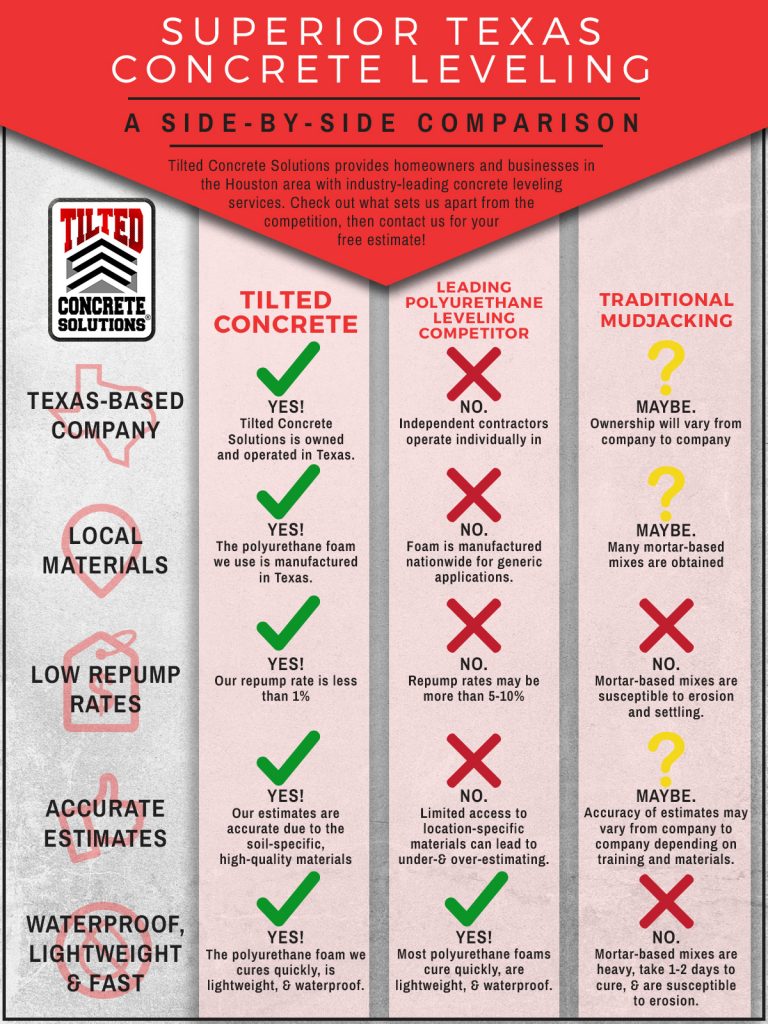Seasonal Factors In Commercial Outside Paint: Secret Insights You Should Be Aware Of
Seasonal Factors In Commercial Outside Paint: Secret Insights You Should Be Aware Of
Blog Article
Article Writer-Ford Decker
When you're planning a commercial exterior paint task, seasonal factors can make or damage your results. You'll intend to consider exactly how temperature level and moisture effect paint application and drying out times. Picking the best period can ensure your paint adheres appropriately and lasts longer. Yet which seasons are absolutely the very best for this sort of job? Allow's check out the key elements that can affect your job's success.
The Impact of Temperature Level on Paint Application
When you're preparing an industrial exterior painting project, the temperature can significantly affect how well the paint adheres and dries out.
Preferably, you wish to paint when temperature levels range in between 50 ° F and 85 ° F. If it's too cold, the paint might not cure effectively, leading to problems like peeling or splitting.
On the other side, if it's as well warm, the paint can dry out also rapidly, avoiding appropriate attachment and resulting in an irregular coating.
You must also consider the moment of day; morning or late afternoon offers cooler temperature levels, which can be more favorable.
Constantly examine the manufacturer's suggestions for the specific paint you're using, as they usually provide assistance on the perfect temperature level range for ideal outcomes.
Moisture and Its Impact on Drying Times
Temperature isn't the only environmental variable that influences your commercial exterior paint task; humidity plays a substantial duty also. High humidity degrees can decrease drying out times dramatically, affecting the total high quality of your paint task.
When the air is filled with moisture, the paint takes longer to heal, which can bring about issues like inadequate attachment and a higher risk of mildew development. If you're painting on a particularly damp day, be gotten ready for prolonged delay times in between layers.
https://elliotdpyhy.ssnblog.com/34568652/reliable-communication-of-your-vision-methods-for-a-successful-cooperation-with-your-painting-specialist to keep an eye on regional weather conditions and strategy accordingly. Preferably, go for moisture degrees between 40% and 70% for optimal drying.
Keeping these factors in mind guarantees your job stays on track and provides an enduring coating.
Best Seasons for Commercial Exterior Paint Projects
What's the most effective season for your industrial external paint jobs?
Springtime and early fall are usually your best options. During these periods, temperature levels are mild, and humidity degrees are commonly lower, creating optimal conditions for paint application and drying out.
Stay clear of summer season's intense heat, which can trigger paint to completely dry too swiftly, resulting in inadequate attachment and coating. Likewise, wintertime's chilly temperatures can prevent proper drying out and curing, risking the long life of your paint job.
Go for click here to investigate with temperature levels between 50 ° F and 85 ° F for optimal outcomes. Remember to inspect the neighborhood weather prediction for rainfall, as wet problems can wreck your task.
Planning around https://www.bobvila.com/articles/accent-wall-colors/ guarantees your painting project runs efficiently and lasts much longer.
Final thought
To conclude, intending your industrial exterior painting projects around seasonal considerations can make a significant difference in the outcome. By scheduling work throughout the optimal temperatures and moisture levels, you'll make certain much better adhesion and drying times. Bear in mind to watch on neighborhood weather prediction and pick the right time of year-- springtime and early loss are your best bets. Taking these steps will assist you accomplish a durable and expert finish that lasts.
